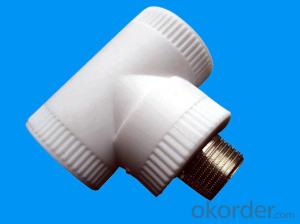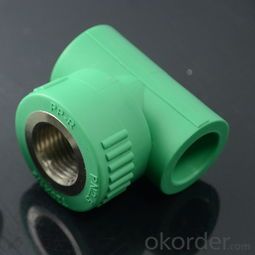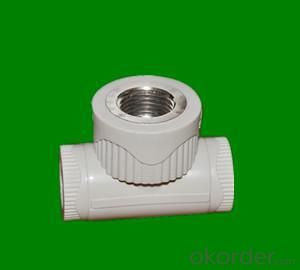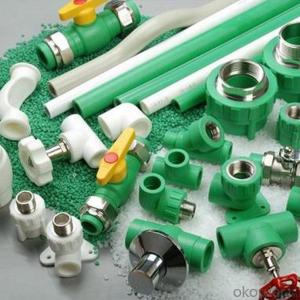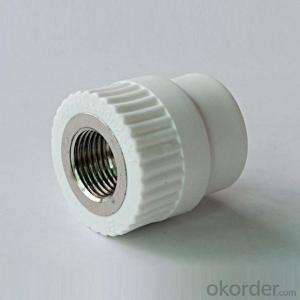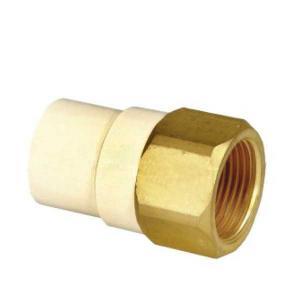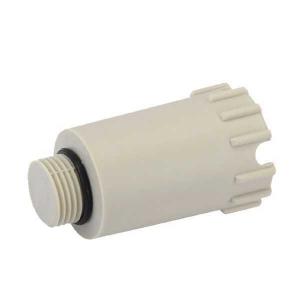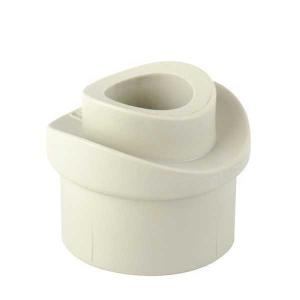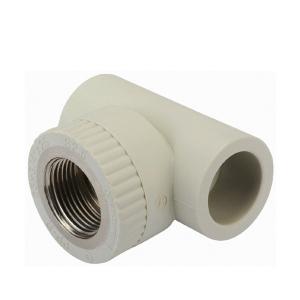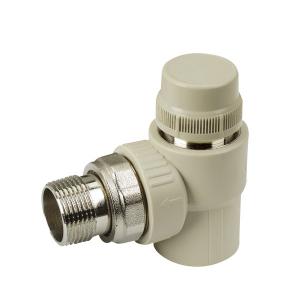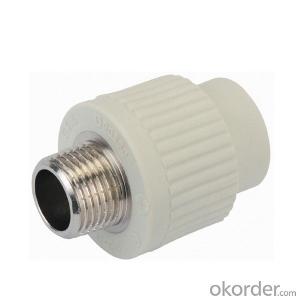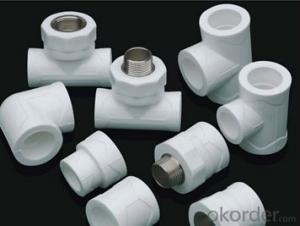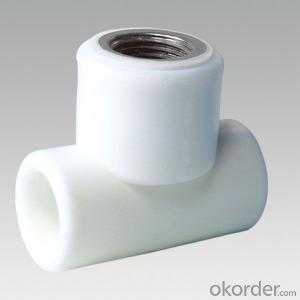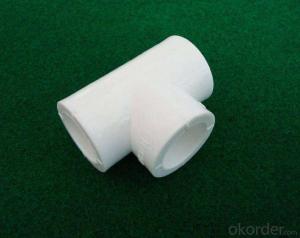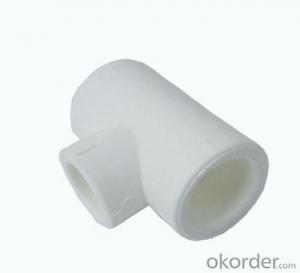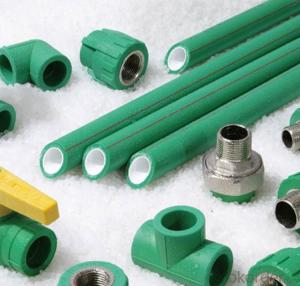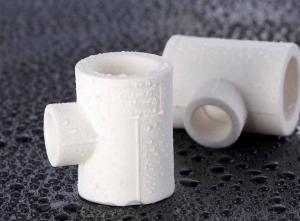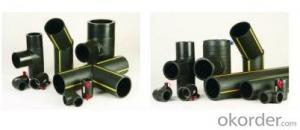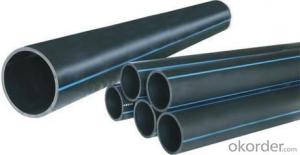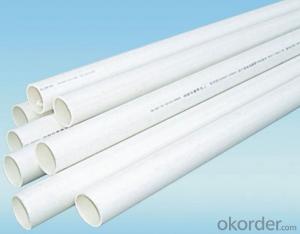3 Way Plastic PPR Equal Tee Fittings for Industrial Application
- Loading Port:
- Shanghai
- Payment Terms:
- TT OR LC
- Min Order Qty:
- 1000 pc
- Supply Capability:
- 1000000 pc/month
OKorder Service Pledge
OKorder Financial Service
You Might Also Like
Quick Details
Material: PPR
Technics: injection
Place of Origin: China (Mainland)
Connection: Welding
Head Code: round
Color: white
Packaging Details: PE bag and carton
Delivery Detail: 30 Days
Our Advantages:
1) Healthy, bacteriological neutral, conforming to drinking water standards
2) Resistant to high temperatures, good impact strength
3) Convenient and reliable installation, low construction expenses
4) Excellent heat-insulation property from minimum thermal conductivity
5) Lightweight, convenient to transport and handle, good for labor-saving
6) Smooth inner walls reduce pressure loss and increase flow speed
7) Sound insulation (reduced by 40% compared to galvanized steel pipes)
8) Light colors and excellent design ensure suitability for both exposed and hidden installation
9) Recyclable, environment-friendly, accords with GBM standards
Product Description
Product name | Size | Weight | Pack |
Equal tee | (Gram/m) | (m/pack) | |
T16 | 12.5 | 1300 | |
T20 | 19.4 | 800 | |
T25 | 30.5 | 450 | |
T32 | 48.2 | 260 | |
T40 | 90.8 | 150 | |
T50 | 142.5 | 106 | |
T63 | 275.3 | 54 | |
T75 | 515.0 | 30 | |
T90 | 712.0 | 18 | |
T110 | 1082.0 | 12 | |
T125 | 1544.0 | 8 | |
T160 | 2531.0 | 4 |
Product Show
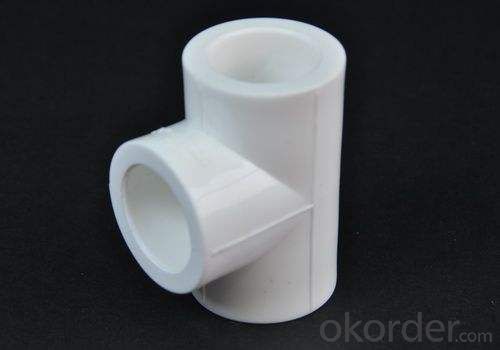
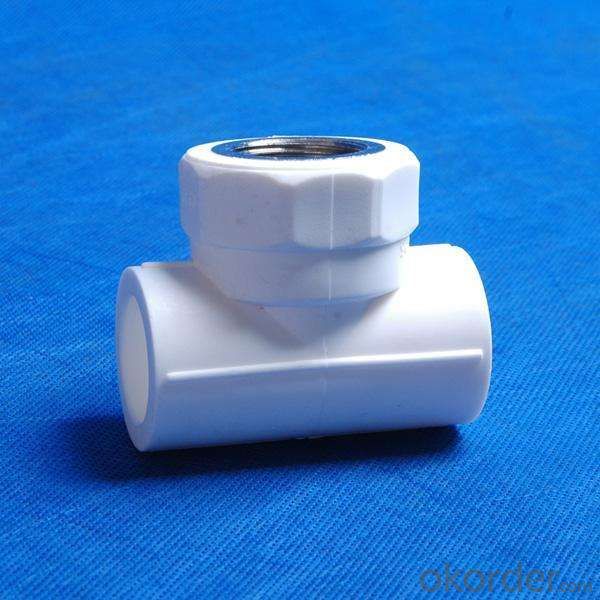
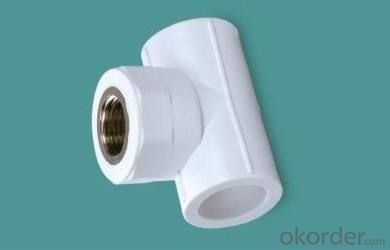
FAQ
Q1: How Can I Get A Sample?
A1: You can get samples by communicate with our export sales.
Q2: How Long Is Delivery?
A2: Delivery time will be30-45days according to order quantity.
Q3: What Is The MOQ?
A3: MOQ depends on different items.
Q4: What Is Our Normal Payments Terms?
A4: Our normal payment terms now is: T/T, L/C or western union, pay
- Q: Are plastic pipe fittings resistant to ground settlement?
- Plastic pipe fittings can vary in their resistance to ground settlement depending on the specific material and design. However, generally speaking, plastic pipe fittings are less rigid compared to metal fittings, which can make them more prone to movement and displacement in the event of ground settlement. It is important to consider factors such as the type of plastic used, the depth of the pipe installation, and the soil conditions when determining the overall resistance to ground settlement.
- Q: Are plastic pipe fittings resistant to chemical corrosion?
- Yes, plastic pipe fittings are generally resistant to chemical corrosion.
- Q: Can plastic pipe fittings be used for fuel transfer systems?
- Plastic pipe fittings are generally not recommended for fuel transfer systems due to the potential risks associated with fuel leakage, corrosion, and chemical compatibility. Metal fittings such as steel or brass are preferred for their durability and resistance to fuel-related hazards.
- Q: How do you connect plastic pipe fittings to copper pipes?
- To connect plastic pipe fittings to copper pipes, you can use a transition fitting called a push-fit connector. These connectors have a plastic component that fits securely onto the plastic pipe and a brass or copper component that connects to the copper pipe. The connection is made by simply pushing the plastic pipe into the push-fit connector until it locks in place, ensuring a watertight seal.
- Q: Can plastic pipe fittings be used for pressure washing systems?
- No, plastic pipe fittings are not recommended for use in pressure washing systems. Pressure washing systems typically operate at high pressures, and plastic fittings may not be able to withstand the force and could potentially fail, leading to leaks or accidents. It is advisable to use fittings made from materials such as brass or stainless steel that are specifically designed for high-pressure applications.
- Q: Are plastic pipe fittings compatible with electrofusion welding?
- Yes, plastic pipe fittings are compatible with electrofusion welding. Electrofusion welding is a commonly used method to join plastic pipes and fittings. It creates a strong, leak-proof connection by melting the pipe and fitting surfaces together using an electric current. Plastic pipe fittings, such as couplings, elbows, and tees, are specifically designed to be used with electrofusion welding techniques.
- Q: How do plastic pipe fittings handle seismic activity?
- Plastic pipe fittings are designed to withstand seismic activity by being flexible and resistant to vibrations. The material used in plastic fittings, such as PVC or HDPE, allows them to absorb shocks and movements caused by earthquakes. These fittings can flex and bend without breaking, reducing the risk of pipe damage or leakage during seismic events. Additionally, plastic fittings are lightweight and easy to install, making them a popular choice in earthquake-prone areas.
- Q: Plastic pipe fittings and cast iron pipe fittings are not the same technical field
- Plastic fittings are of national standard.Plastic pipes are usually made of synthetic resins, that is, polyester as raw materials, adding stabilizers, lubricants, plasticizers, etc., to "plastic" method in the pipe mill by extrusion processing.
- Q: Are plastic pipe fittings resistant to sunlight exposure?
- Yes, plastic pipe fittings are generally resistant to sunlight exposure. They are typically made from UV-stabilized materials that can withstand prolonged exposure to the sun without degrading or losing their structural integrity.
- Q: Can plastic pipe fittings be used for reverse osmosis systems?
- Yes, plastic pipe fittings can be used for reverse osmosis systems. Plastic fittings such as PVC or CPVC are commonly used in these systems due to their durability, affordability, and resistance to corrosion. They are also lightweight and easy to install, making them a popular choice for reverse osmosis systems.
Send your message to us
3 Way Plastic PPR Equal Tee Fittings for Industrial Application
- Loading Port:
- Shanghai
- Payment Terms:
- TT OR LC
- Min Order Qty:
- 1000 pc
- Supply Capability:
- 1000000 pc/month
OKorder Service Pledge
OKorder Financial Service
Similar products
Hot products
Hot Searches
Related keywords
